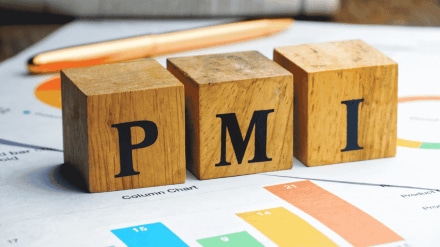The Indian manufacturing sector recorded its fastest growth in more than 17 years in August, despite US additional 25 per cent tariff on India taking effect from Aug 27. According to the latest survey by S&P Global, the HSBC India Manufacturing Purchasing Managers’ Index (PMI) climbing to 59.3 from 59.1 in July.
PMI if above 50 indicates expansion, while below 50 shows contraction. August PMI was the sharpest improvement in operating conditions since early 2008.
Export orders slowing as US tariff bites
The report noted that new orders grew strongly, holding near July’s 57-month high. However, growth in export orders slowed to a five-month low. Survey participants said the US tariff hike to 50 per cent on Indian goods discouraged American buyers. Still, Indian manufacturers continued to win orders from clients in Asia, Europe, the Middle East, and the US.
The strongest sales and output performances came from intermediate goods makers, followed by capital goods and consumer goods producers.
Pranjul Bhandari, Chief India Economist at HSBC noted that domestic demand cushioned the impact of tariffs. “Overall orders growth held up much better, suggesting that domestic orders remained robust, helping to cushion against tariff-related drag on the economy. Manufacturers’ continued optimism for future output is a positive sign,” she said.
Jobs growing for 18 straight months
To meet rising demand, companies purchased more raw materials and semi-finished items. Input buying rose at a 16-month high, while finished goods inventories expanded for the first time in nine months. Employment also grew for the 18th consecutive month, although the pace of job creation was the slowest since November 2024.
Firms expecting output to rise ahead
Manufacturers showed renewed confidence, with business sentiment recovering from July’s three-year low. Many expect output to rise further in the coming year.
Input costs increased moderately, with steel, minerals, bearings, and small electronic parts among items becoming more expensive. However, strong demand allowed companies to raise selling prices at the fastest pace in three months.
